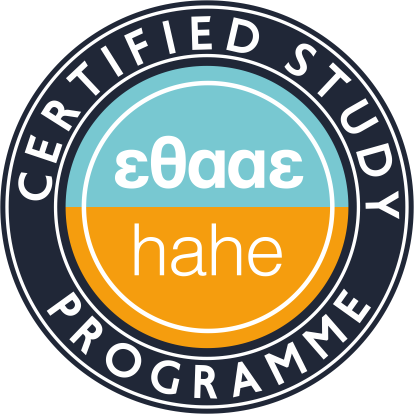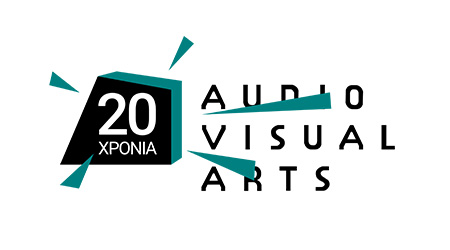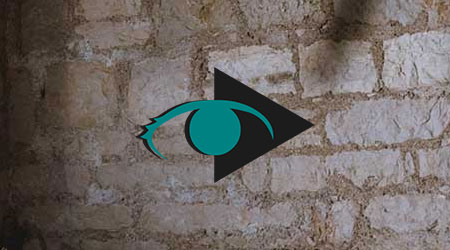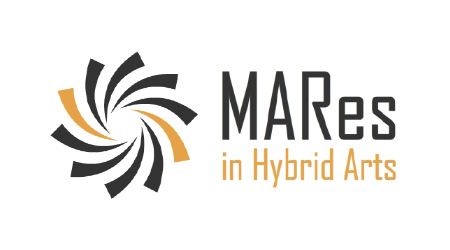Electroacoustics and Spatial Acoustics
Teaching Staff: Katerelos Dionysios
Course Code: AUD623
Course Category: Deepening Knowledge
Course Type: Elective
Course Level: Undergraduate
Course Language: Greek
Delivery method: Lectures
Semester: 6th
ECTS: 7
Teaching Units: 5
Teaching Hours: 5
Teaching Structure:
| Activity | Semester Workload |
|---|---|
| Lectures | 26 |
| Lab Lectures | 13 |
| Lab Practice | 13 |
| Tutoring Lectures | 13 |
| Literature Study and Analysis | 71 |
| Practice and Preparation | 39 |
| Course Total (ECTS: 7) | 175 |
Recquired / Recommended : AUD120, (AUD320), (TEC414)
An introduction to electroacoustics, to room acoustics and their combination as a significant scientific and creative field. Microphones as systems for recording sound: technologies, general principles and operational characteristics. Using microphones for simple, stereo and multichannel recording. Speaker technologies for reproducing sound: basic design parameters and characteristics. Driving speaker loads, speaker electrical connections: theory and practice. The loudspeaker system: using multiple speakers in cabin enclosures. Loudspeakers’ design principles and usage. Sound wave propagation in closed enclosures, the impact of reflections. Understanding the room impulse response. Properties of sound-absorbing materials. Architectural acoustics, definition of spatial acoustic requirements per venue usage, quantitative and qualitative parameters of good acoustics. Definition of the reverberation time. Spatial acoustic simulation models and techniques: improvement of closed enclosures acoustics using electroacoustic systems.
"Electroacoustics and Room Acoustics" is offered as an optional course for all undergraduate students during the 8th semester of their studies at the department of audio and visual arts. The course overall aim is to develop the necessary knowledge and practical background in topics related to sound installations design, taking into account the technical specifications of the electroacoustic equipment employed, as well as the acoustics properties of the targeted closed room or space. Focus is particularly given on the basic understanding of the technical parameters meaning and the fundamental principles of operation of the electroacoustic transducers that are used for recording or sound reproduction. Additional emphasis is given on the appropriate equipment selection criteria and the evaluation methodology followed for determining the acoustical properties of the used space.
The successful attendance of the course offers the ability to the corresponding students to:
- recognize the significant impact of the technical specifications of the basic electroacoustic transducers (i.e. microphones or speakers) on the overall sound quality,
- efficiently select specific types of electroacoustic equipment, based on the specific needs and conditions of a typical recording application or sound installation,
- calculate the acoustic parameters values that define the quality of the acoustic behaviour of a closed room,
- evaluate the acoustic efficiency of a closed room.
Week #1: General introduction to electroacoustics, room acoustics and its combination, targeted to practical knowledge on how to efficiently develop sound installations. An overview of the fundamental electroacoustic systems.
Week #2: A summary of the basic acoustic measurements. The acoustic power and the sound pressure level. Using equations to estimate sound level in different application examples.
Week #3: Electroacoustic transducers: historic and technological evolution, analogue and digital implementation approaches. Transducer sensitivity. Electrical models for electroacoustic transduction: circuit elements and systems for describing the electrical, mechanical and acoustic part.
Week #4: Electroacoustic transducers for sound recording: microphones. Functional anatomy and equivalent circuits. Basic microphones characteristics. Sensitivity and sensitivity level measurements. Microphones’ directivity and polar diagrams. Basic directivity models.
Week #5: Sound signal levels definition: introducing microphone levels. Frequency response: how to measure it. The relation between frequency response and the directivity. Analysing the transient response effect for different microphone types. The proximity effect, a practical approach. A brief presentation of different microphone types.
Week #6: Using microphones in practice. The sound source and the propagation field properties as parameters for selecting microphone directivity. Microphone distance placement, the 3:1 rule.
Week #7: Introducing the term of authenticity as a parameter for sound quality. The sound source image definition and perception during playback. Binaural recording and rendering: advantages and limitations. Standard techniques for stereo sound recording.
Week #8: Electroacoustic transducers for sound playback: speaker systems. Historic evolution and equivalent circuits. Speakers’ sensitivity, frequency response and types.
Week #9: Speakers and directivity: definition of the directivity index. Typical speaker directivity patterns. The acoustic gain parameter: how to measure it for typical sound installations. The speaker as an electric load: impedance and power.
Week #10: Electrical connection for speakers: topologies, advantages and problem induced by the specific characteristics of the equipment employed. Measuring speaker’s efficiency. Typical examples of speaker connections to amplifiers.
Week #11: Combining multiple speakers in cabin enclosures: the loudspeaker system. Cabin types, design and construction. Impulse and frequency response: techniques for accurate measurements. Crossover circuits. Specific design forms: the effect of bass reflex and the transmission lines. An introduction to digital loudspeaker equalization.
Week #12: Sound propagation in closed rooms: defining the diffuse field. Reflections as the basic component of the room impulse response. How to measure room impulse responses. Extracting acoustic parameters: the reverberation time as the fundamental component of a room acoustic behaviour. Employing multiple parameters for evaluating the acoustic properties of a space.
Week #13: Room acoustics analysis using specialized software. Typical examples of room acoustics simulations for real rooms, as well as ancient spaces and virtual reality aims.
Leo L. Beranek and Tim Mellow, “Acoustics: Sound Fields and Transducers (1st Edition)”, Academic Press, 2012. ISBN: 978-0123914217.
Mendel Kleiner, “Electroacoustics”, CRC Press, 2013. ISBN: 9781439836187.
Digital / multimedia content is offered to all students that covers all the theoretical and practical concepts covered by the course. This content is accessible via the institutional e-class platform. Additional laboratory work allows better understanding of specific theoretical terms and concepts. The laboratory practice also includes learning and practicing on a specialized software title, dedicated to room acoustics simulations.
Enhanced by multimedia content.
The learning process is supported by the asyncrhonous e-learning platform e-class.
Learning assessment is performed through a project that focuses on the design of a complete electroacoustic setup and the evaluation of the acoustic behaviour of the corresponding room. For students that fail to successfully carry out the expected project outcome, course evaluation is performed by written or oral exams.
Back
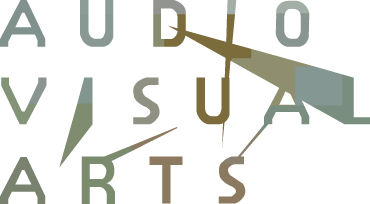


 Electroacoustics and Spatial Acoustics
Electroacoustics and Spatial Acoustics